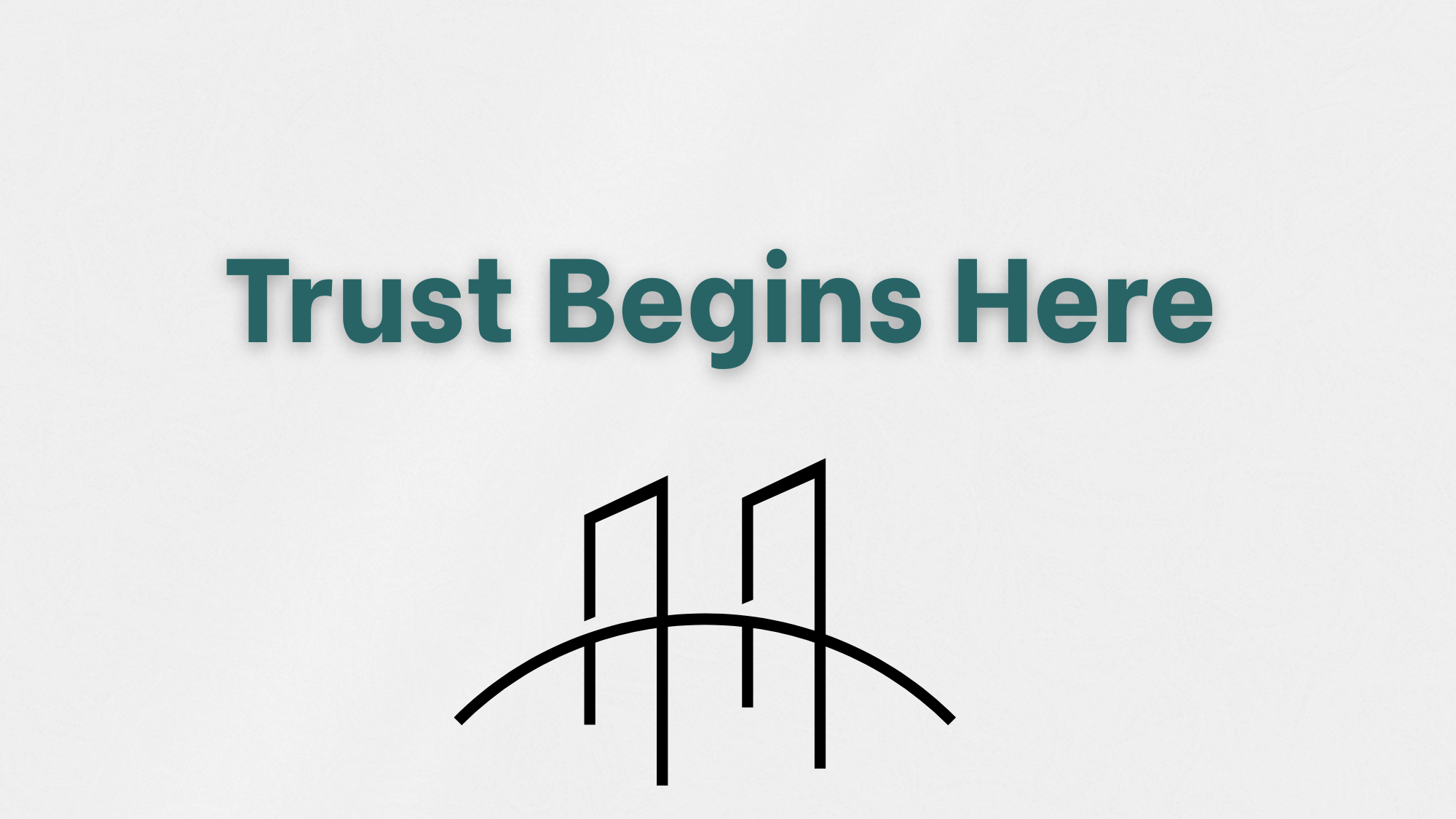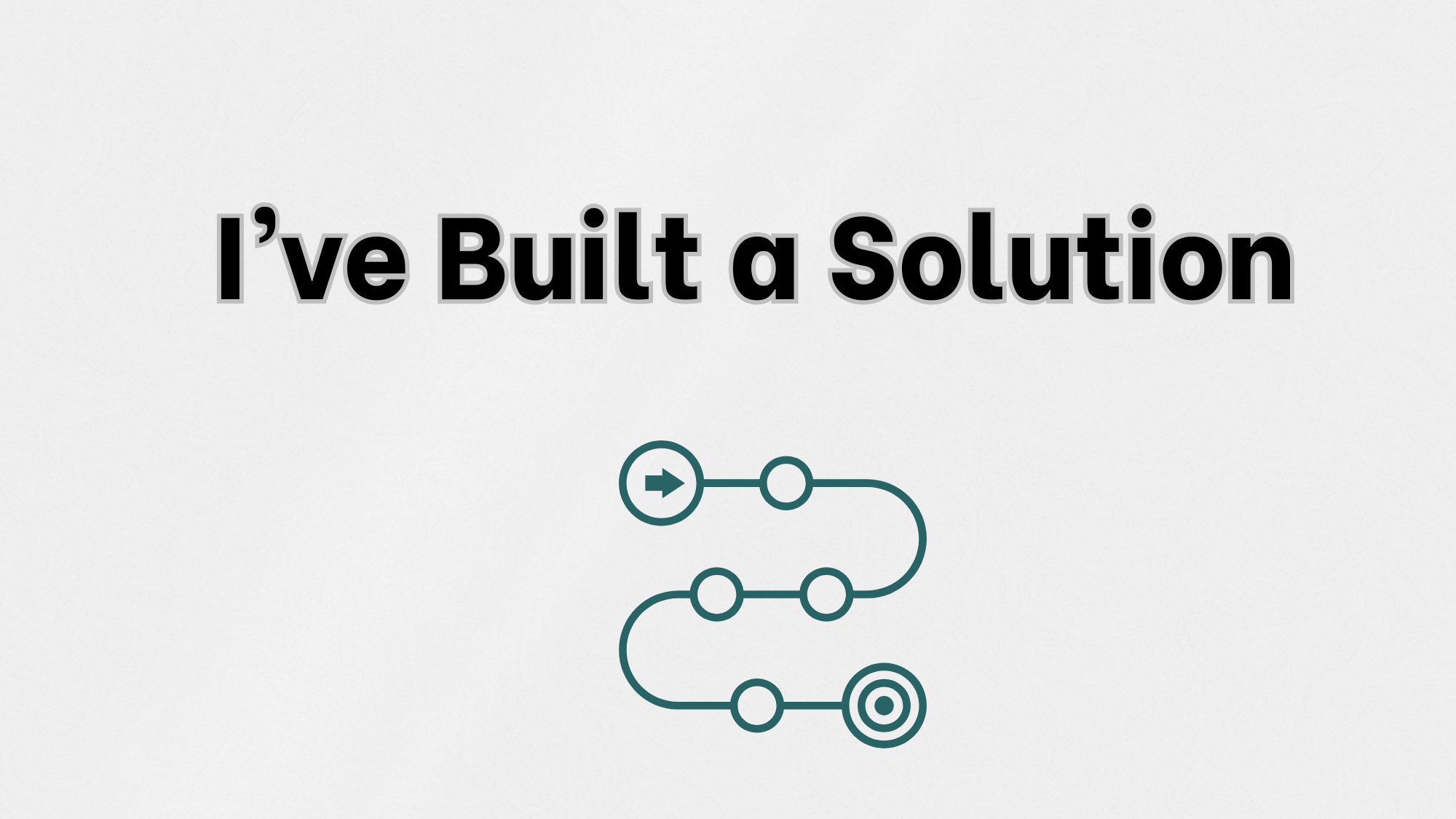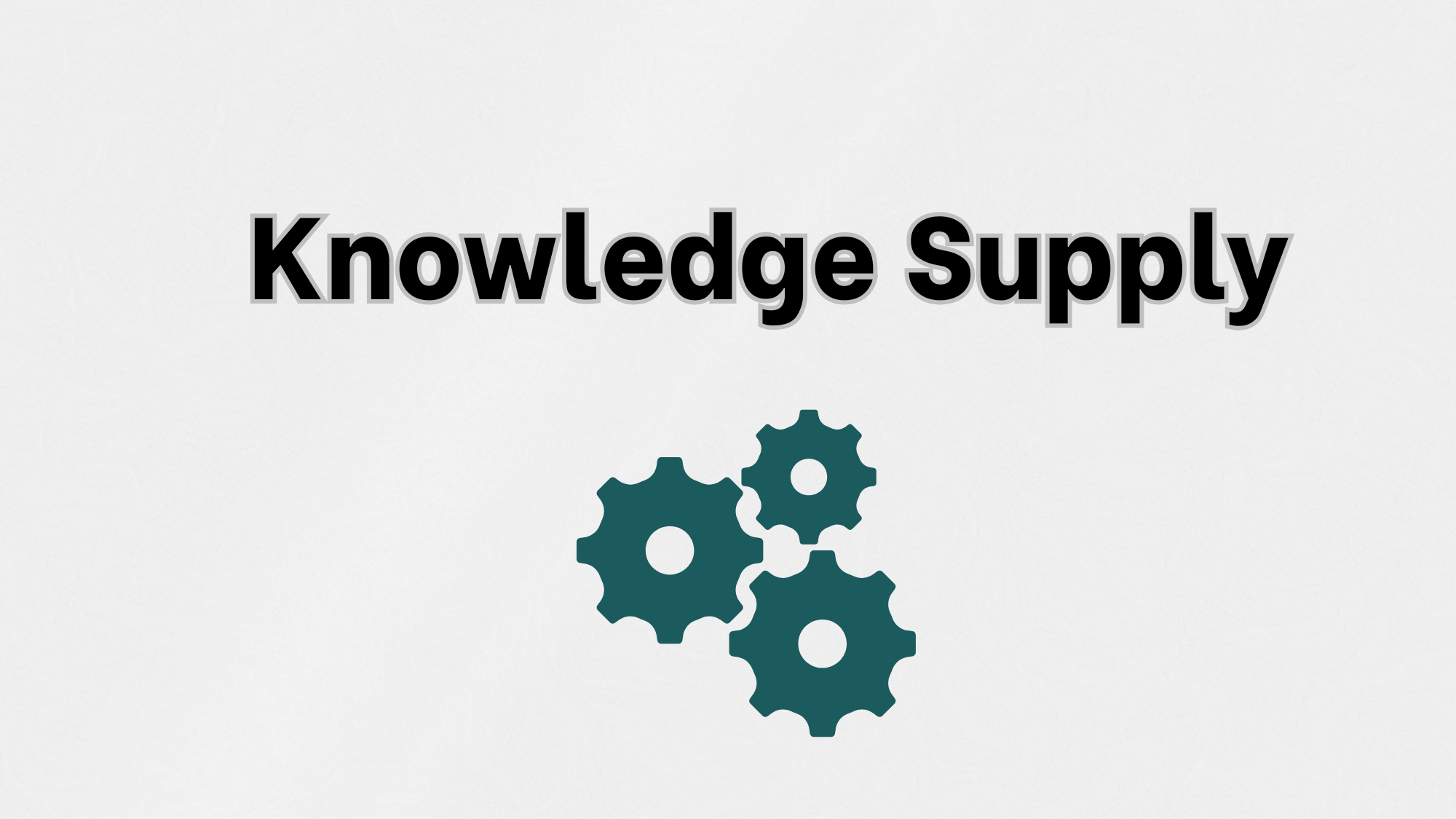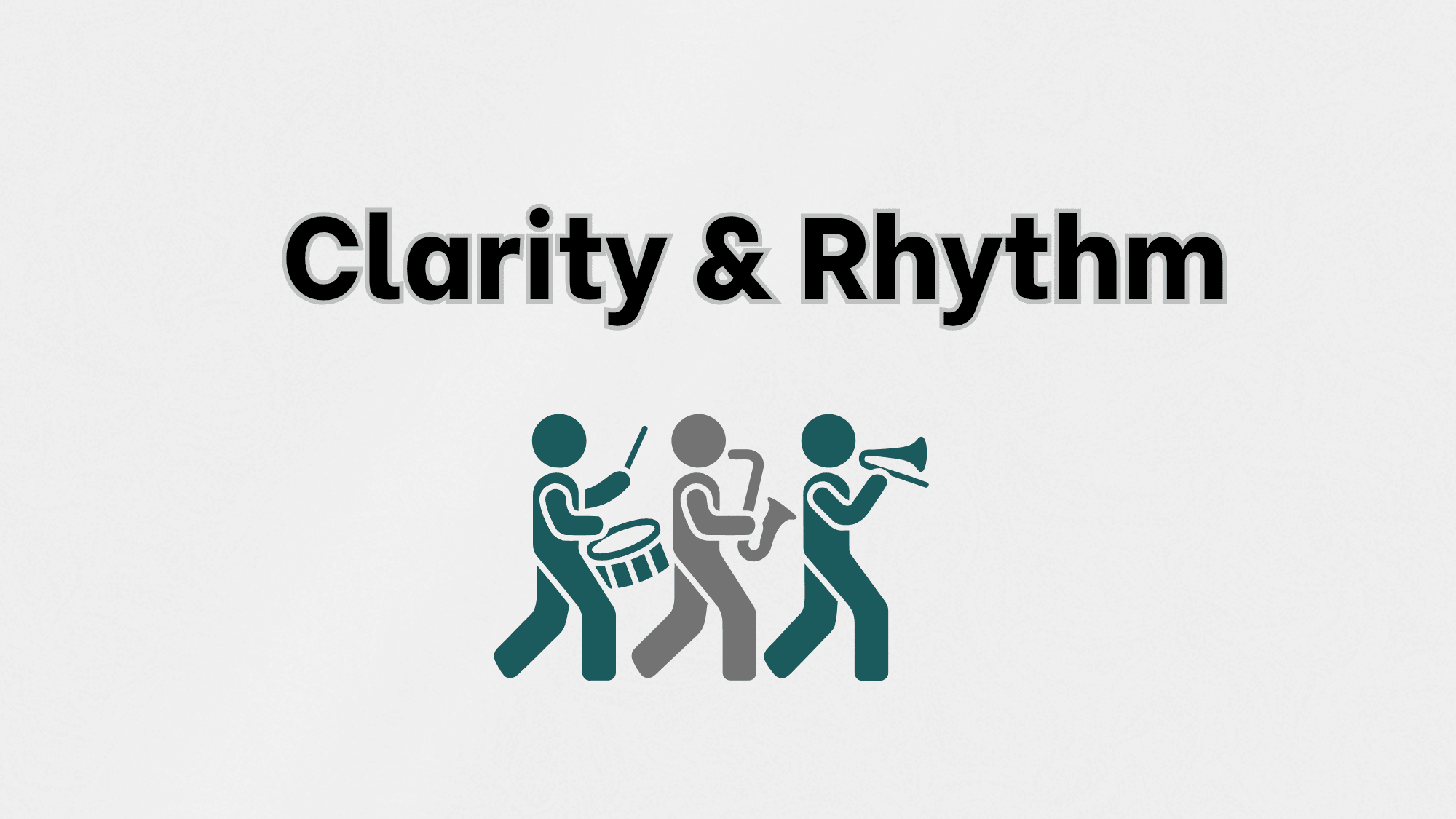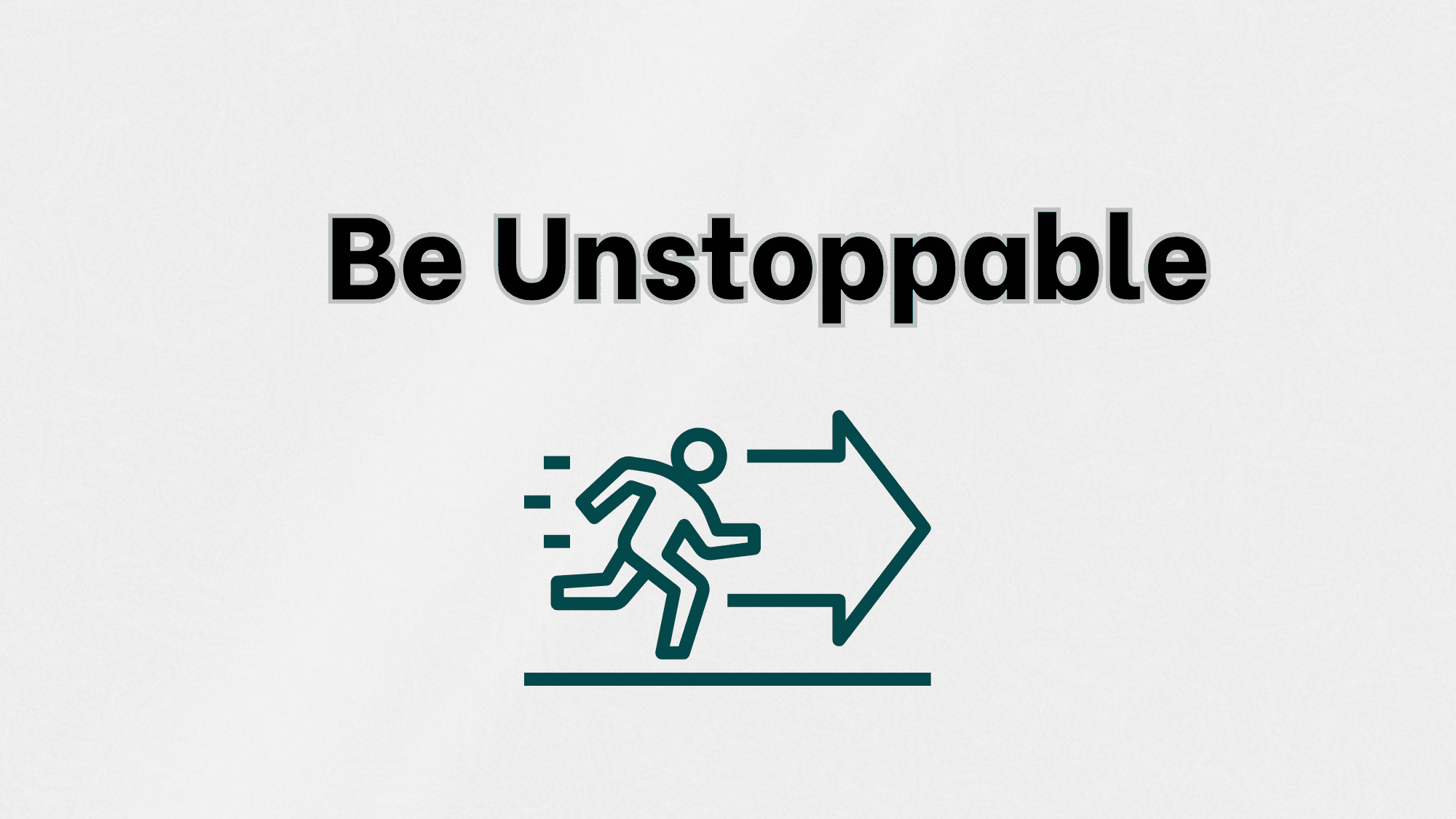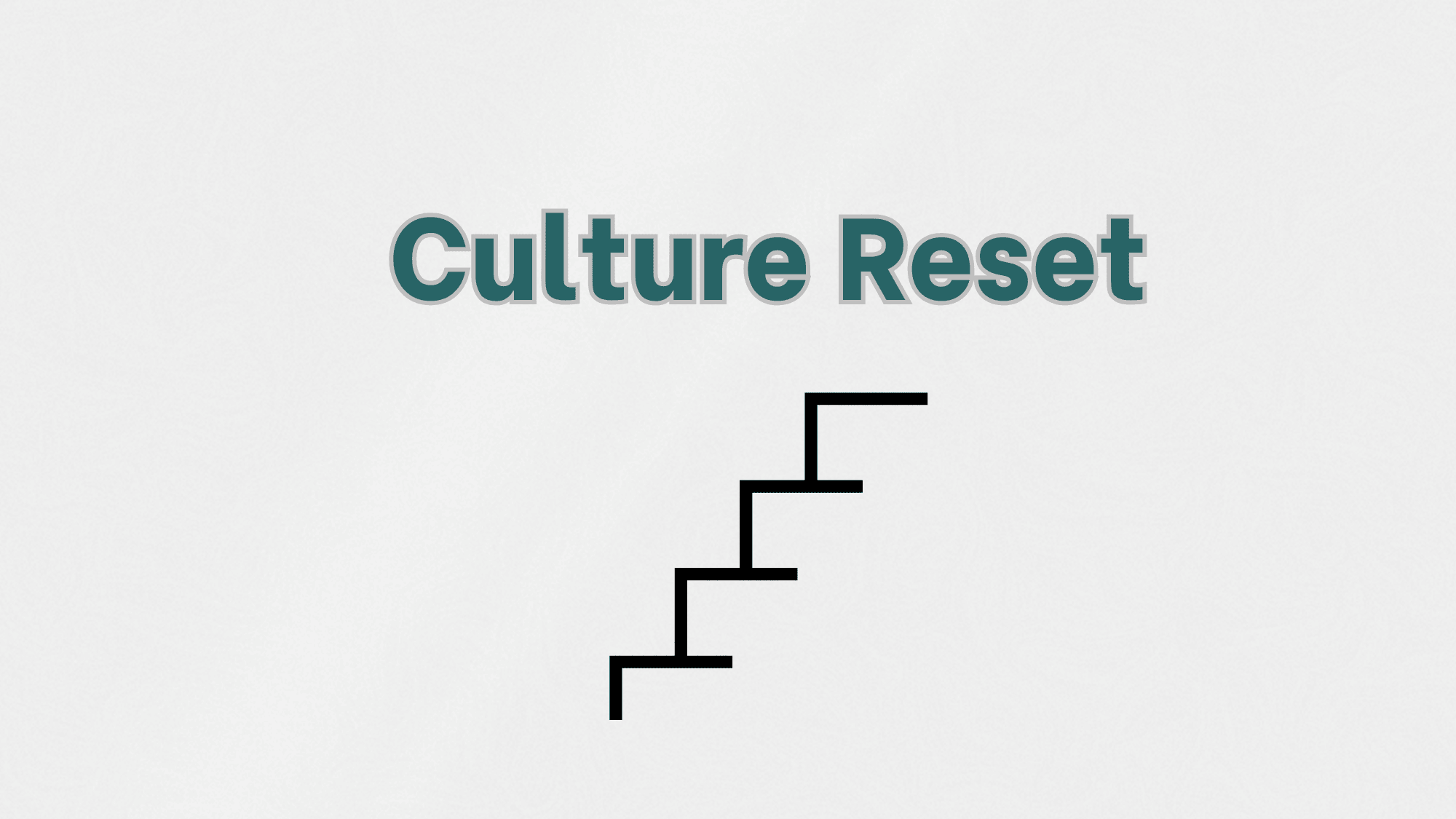Crisis doesn’t destroy organizations - it reveals how well or poorly leaders designed them.
When a crisis emerges, what matters isn’t how loudly you scramble - it’s how quietly your systems absorb the shock. Documentation isn’t enough.
Resilient systems aren't declared into existence; they are stress-tested, drilled, and pressure-proofed when stakes are low, not when chaos erupts.
Leaders who treat stability as a static condition, not a dynamic skill, leave their organizations exposed.
In this Forbes feature, I emphasized the importance of proactive systems thinking: building resilience when things are calm, so you’re not inventing structure during chaos.
~ Kinga Vajda, Forbes Coaches Council
A crisis doesn’t introduce new variables - it amplifies every structural weakness leaders failed to confront in advance.
Where might your organization's surface calm be hiding untested fault lines that chaos would expose instantly?
🛡️ This quote was originally published by Forbes as part of a Forbes Coaches Council Expert Panel. Reprinted here with permission in accordance with member guidelines.

